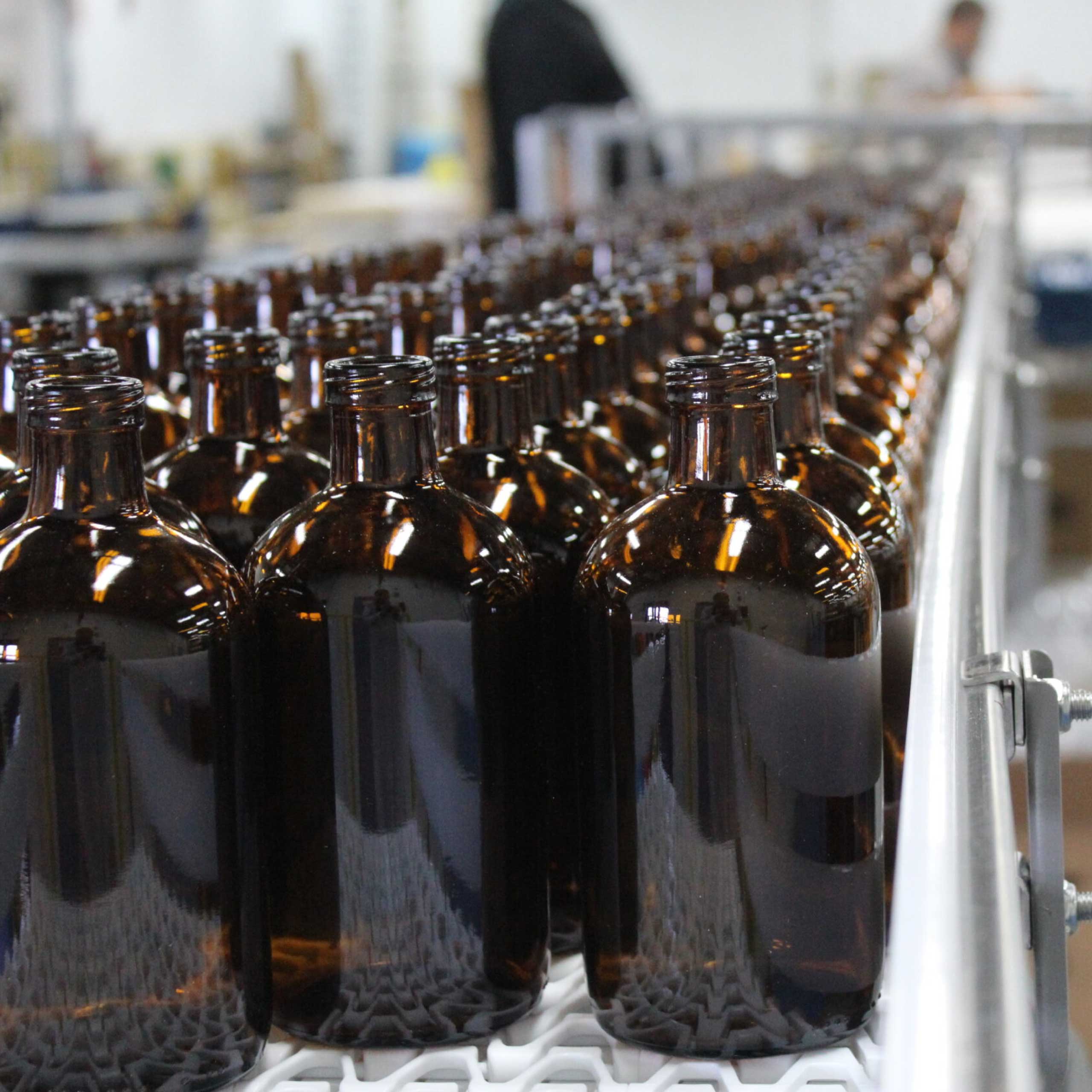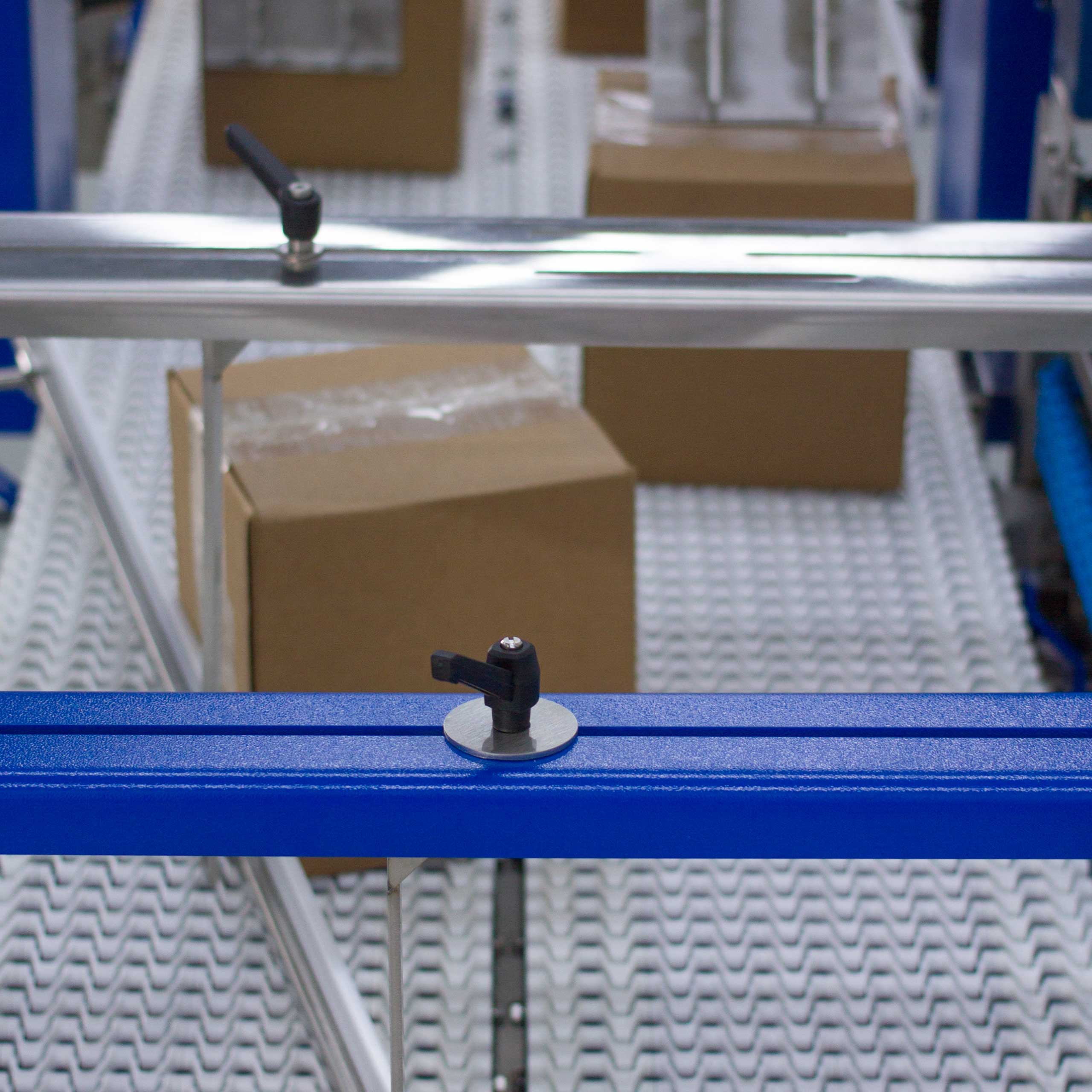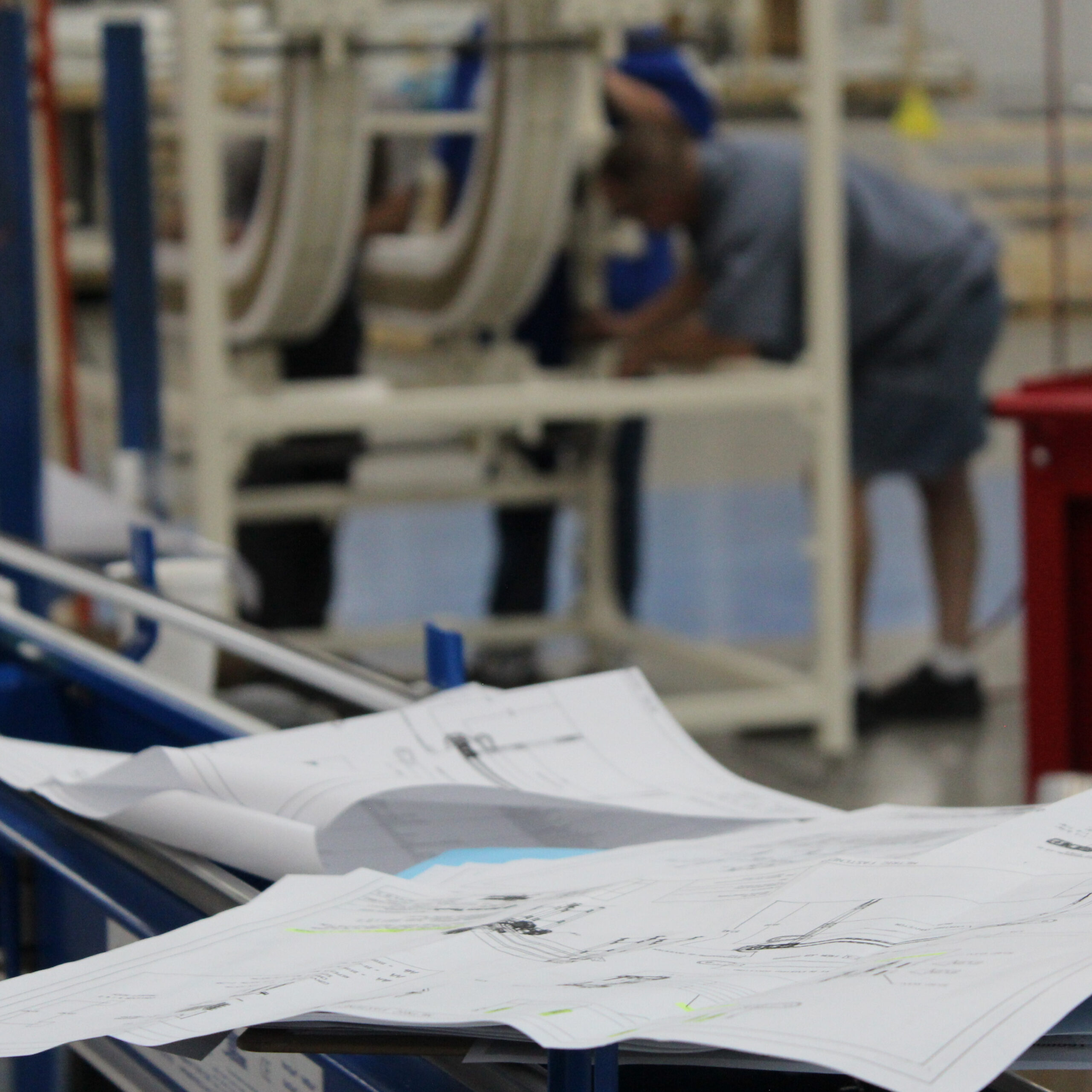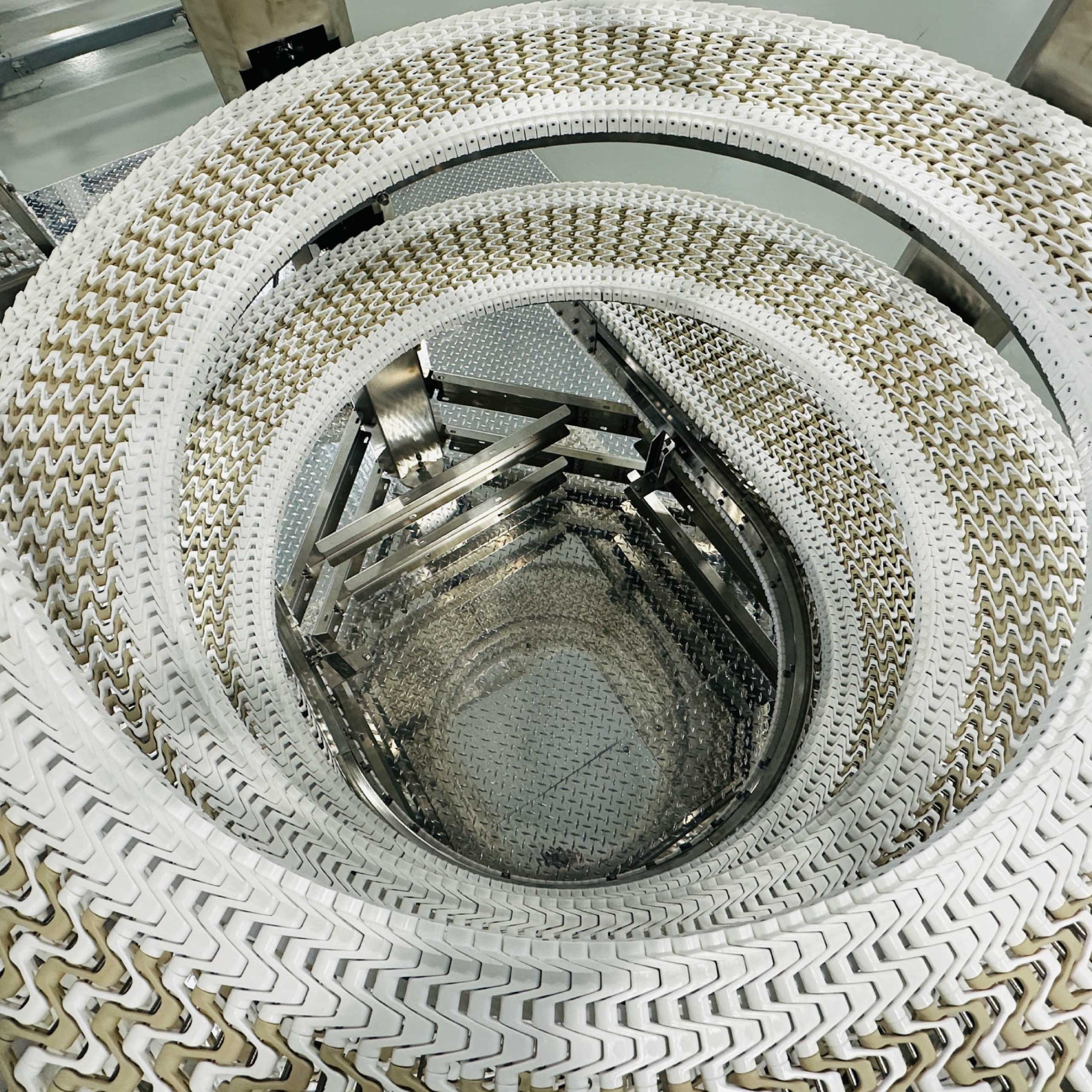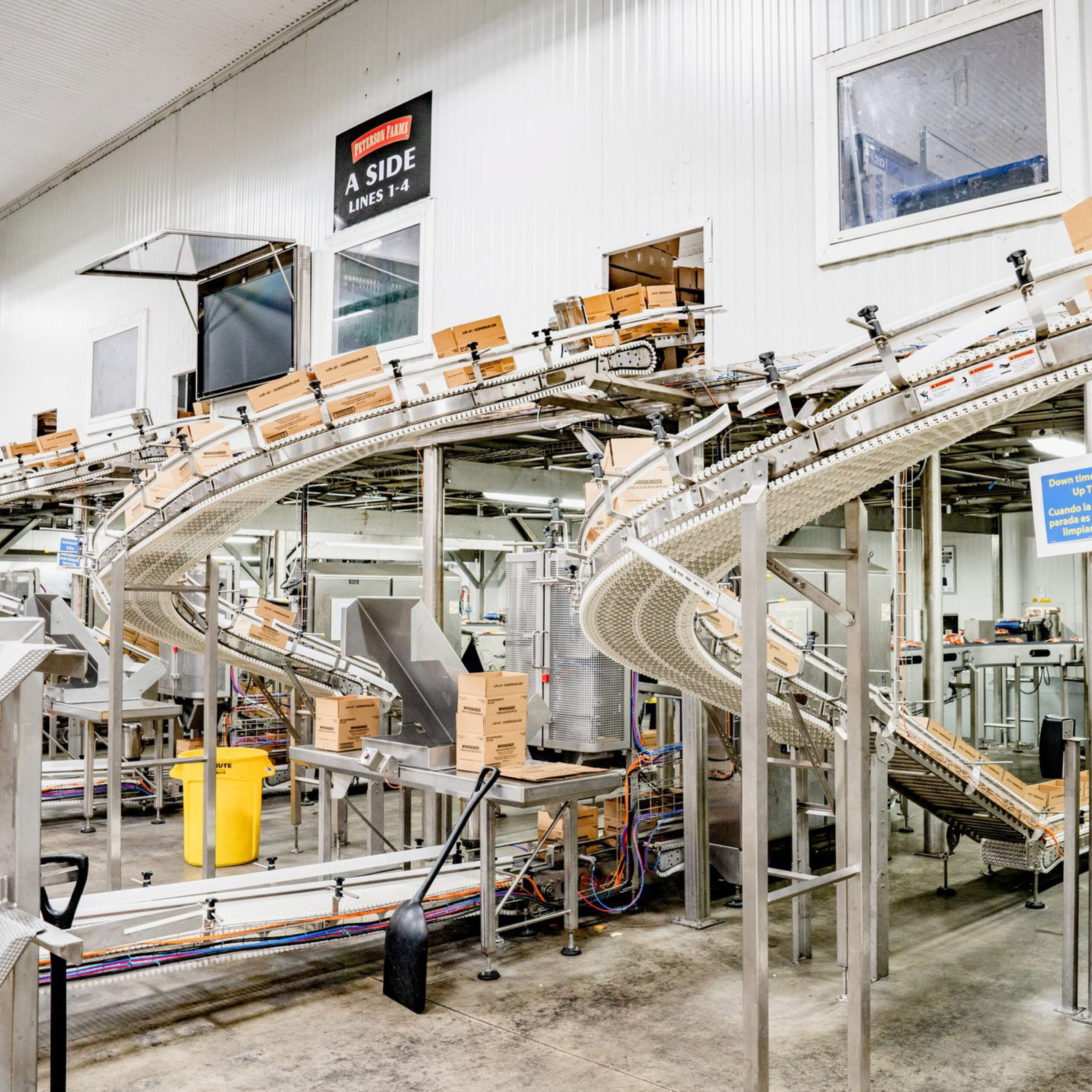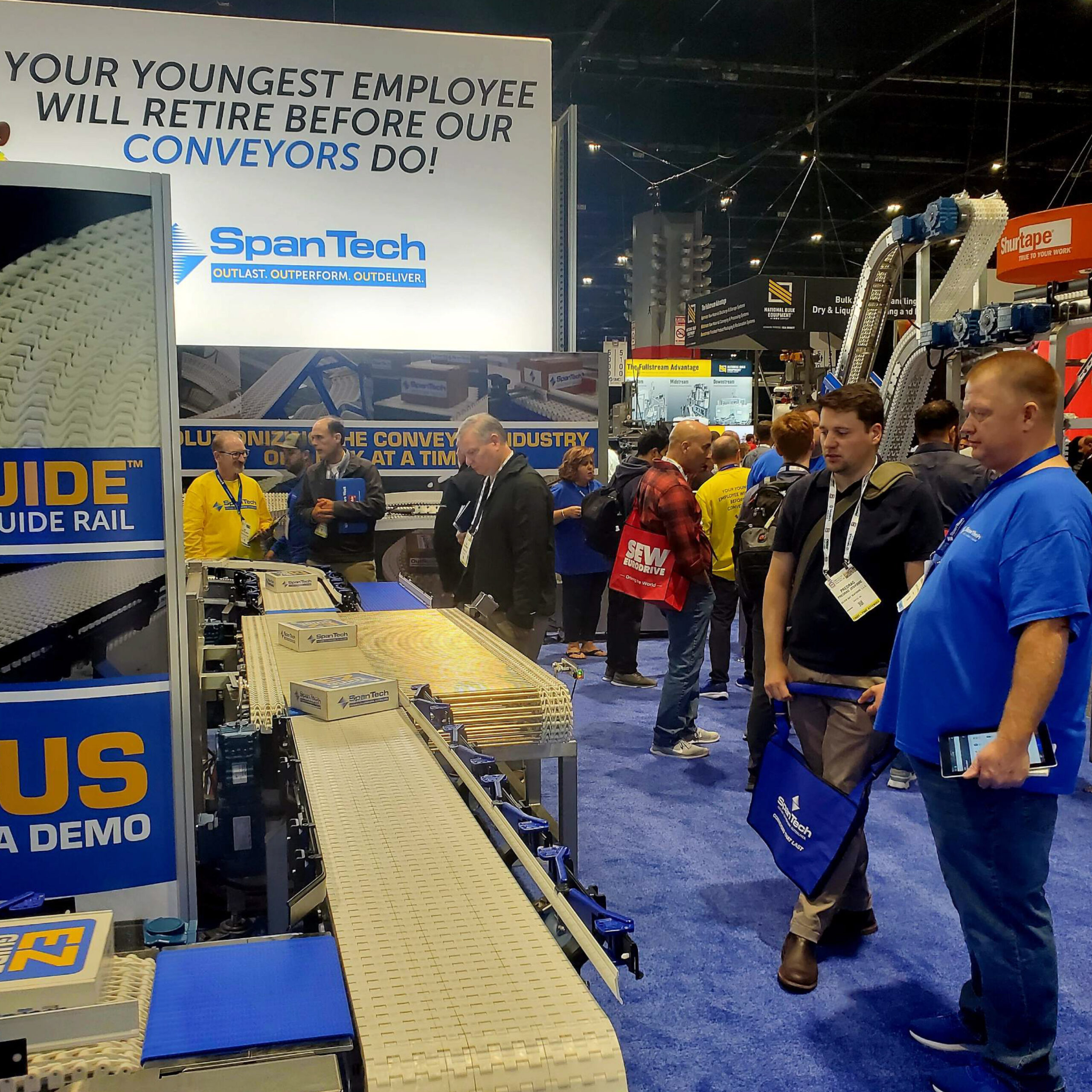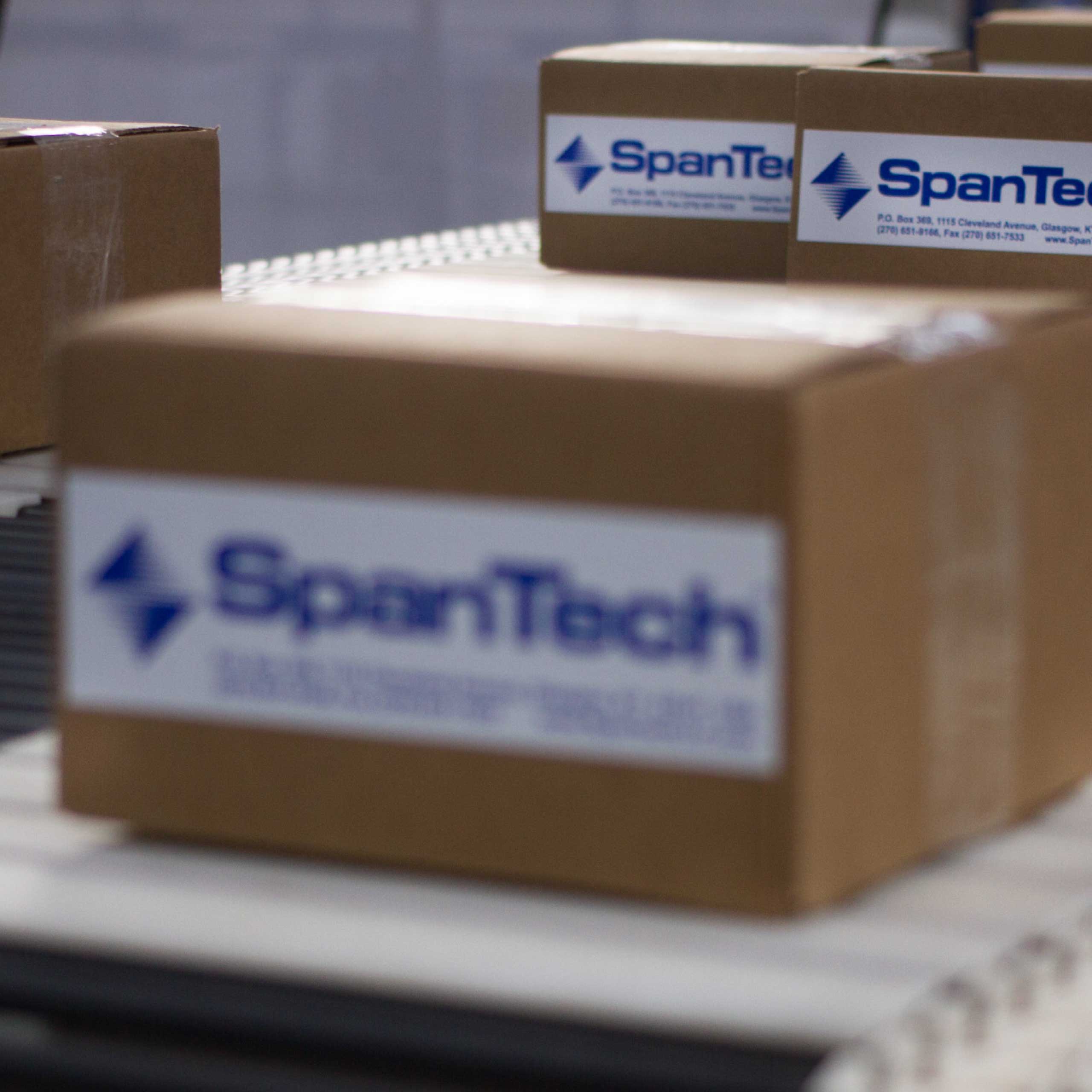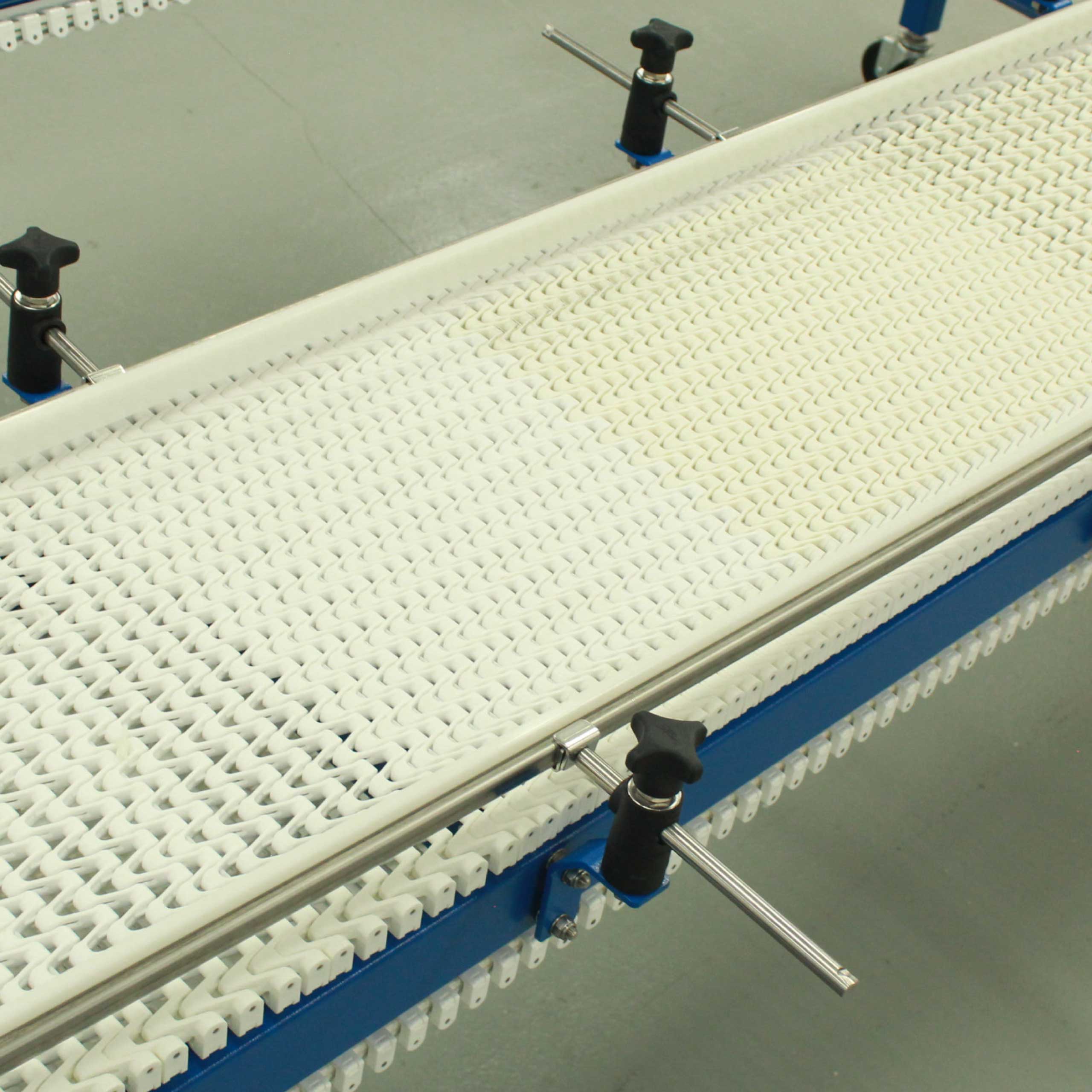Blog Categories
Accumulation
1 Posts
Ensure seamless product flow with our accumulation conveyor solutions. Learn how we design conveyors to handle high-volume, low-pressure accumulation effectively.
Add-ons
9 Posts
Enhance your conveyor system with a variety of add-ons designed to optimize performance and adaptability. Explore the customization options available.
Case Studies
5 Posts
Explore real-world applications of Span Tech’s products in action. Our case studies highlight how we solve unique challenges across various industries.
Chain Types
4 Posts
Explore the different types of chains available for Span Tech conveyors. Learn how each chain type is designed for specific applications to meet your material handling needs.
Changing Elevation
5 Posts
Discover how Span Tech’s elevation-changing conveyors handle incline and decline with precision. Perfect for maximizing space and product flow.
Conveyor Maintenance
8 Posts
Optimize your conveyor systems with expert tips on maintenance and care. Learn best practices to ensure long-lasting performance and minimal downtime.
Conveyors & Conveyor Parts
48 Posts
Explore the full range of conveyors and parts available at Span Tech. From complete systems to essential components, we have everything you need for efficient material handling.
Events
5 Posts
From industry trade shows to training sessions, learn about upcoming events where Span Tech will be showcasing our innovative conveyor solutions.
Press Releases
2 Posts
Stay updated with our latest company announcements, new product launches, and industry developments. Check out our press releases to see how Span Tech continues to innovate and lead in the conveyor solutions industry.
Sorting & Merging
2 Posts
Efficiently organize products with Span Tech’s sorting and merging conveyors. Learn how our solutions streamline processes and improve productivity.
Span Tech News
9 Posts
Get the latest updates and news from Span Tech, including new projects, team highlights, and industry achievements. Stay informed on everything happening at Span Tech.
Standard
1 Posts
Browse our range of standard conveyors that deliver exceptional performance and reliability, ready to be deployed to your operations quickly.
Transferring
2 Posts
Seamlessly transfer products between processes with our high-precision transfer conveyors. Learn how Span Tech ensures smooth, accurate transitions.







